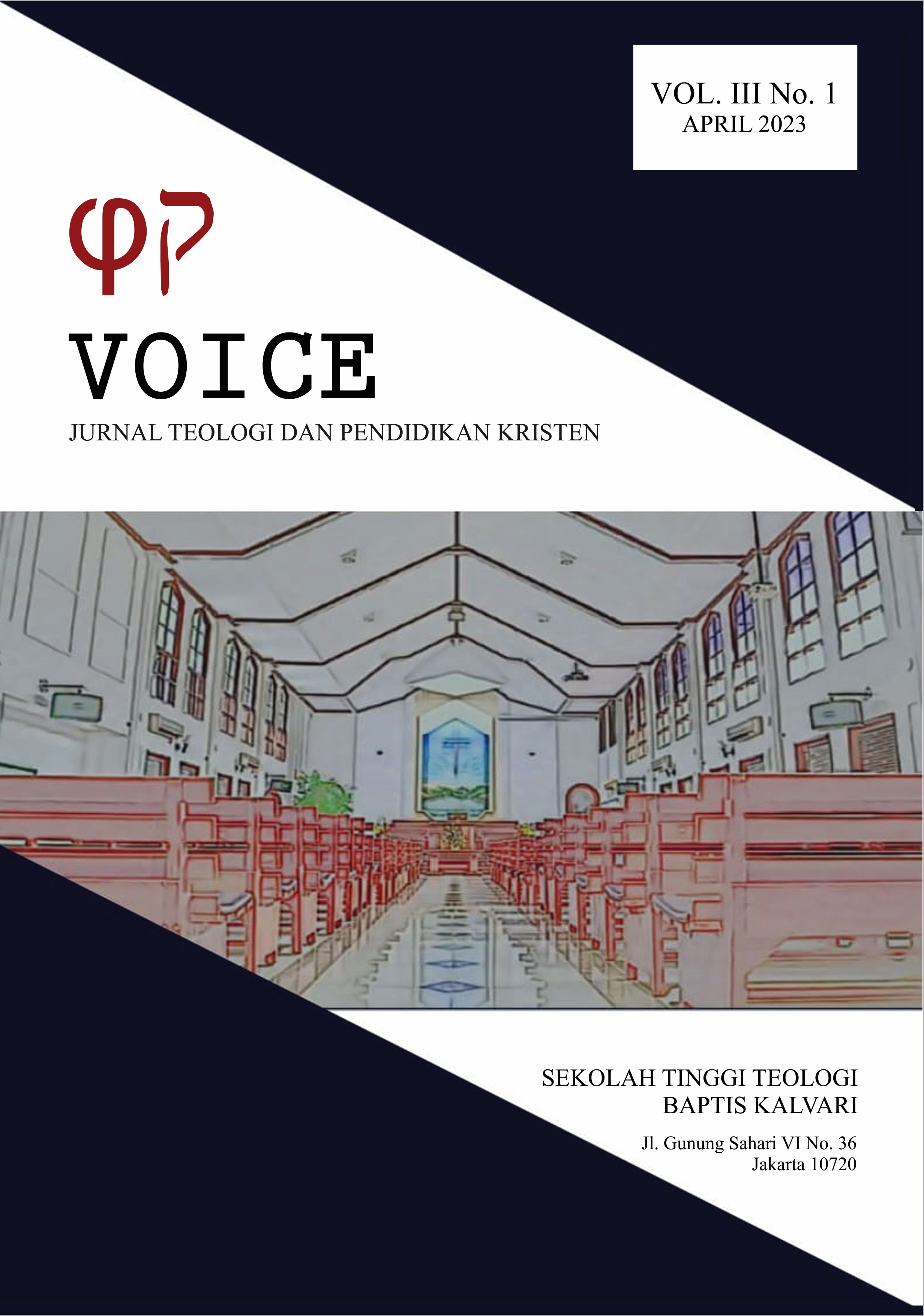Analisis Bentuk dan Makna Teologis Lagu "Pujilah Tuhan, Hai Jiwaku"
DOI:
https://doi.org/10.54636/a23v1g34Keywords:
singing songs, form analysis, theological meaningAbstract
The singing of songs holds the same place and value as other elements of liturgical worship. As one of the elements of worship, singing is considered the most expressive and communicative form of appreciation that believers can use to express their faith in God. The songs should not be separated from the biblical lyrics, even though they have their own background, meaning, and significance. This study aims to analyze the form and theological meaning of the Indonesian version of the song “Praise The Lord, Oh My Soul.” Its original version is known as “10,000 Reasons” by Matt Redman and Jonas Myrin, where the lyrics are adopted from Psalm 103:1-2. In this study, the author used a descriptive qualitative method, using literature data analysis techniques (collecting data through books, both e-books and from the library, as well as journals, methods, and internet articles) and other readings related to this scientific work. The purpose of this research is to analyze the form and theological meaning of the song “Praise The Lord, Oh My Soul” which is expected to contribute to the church in worship liturgy. The result of this study is an understanding of the form and theological meaning of spiritual songs that can deepen the worship experience and appreciate every song of praise to God.














